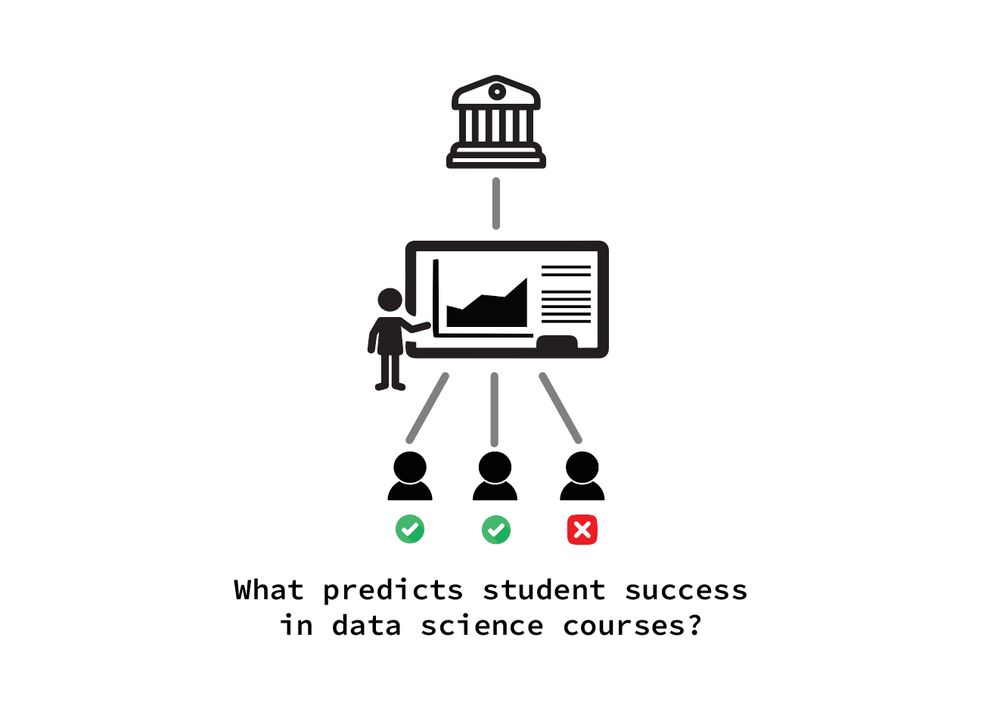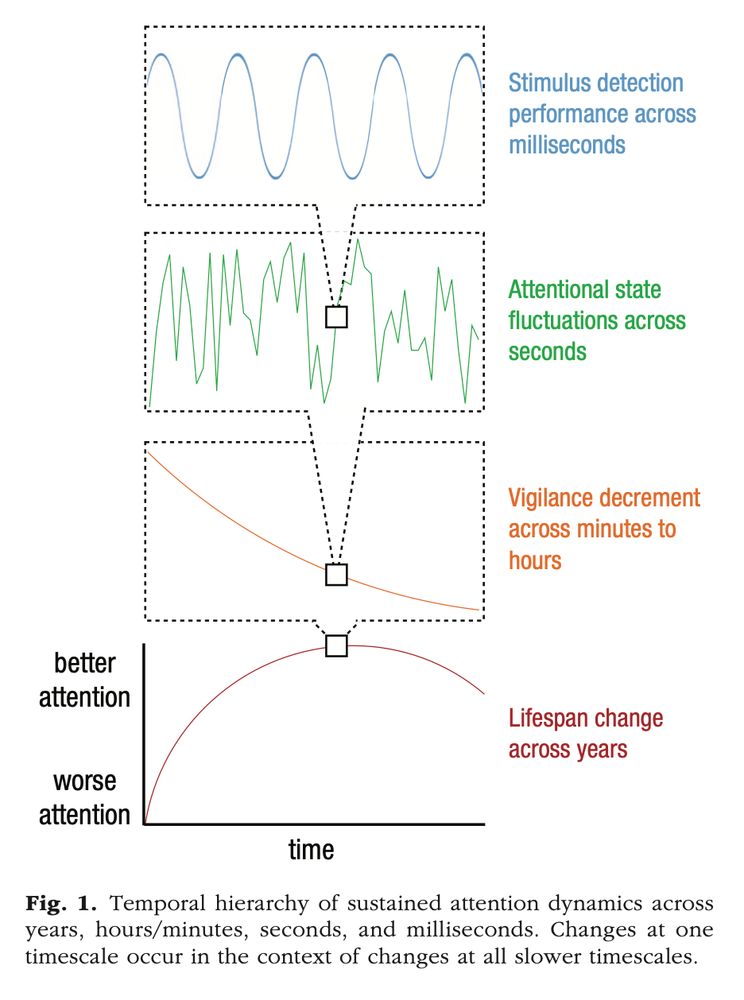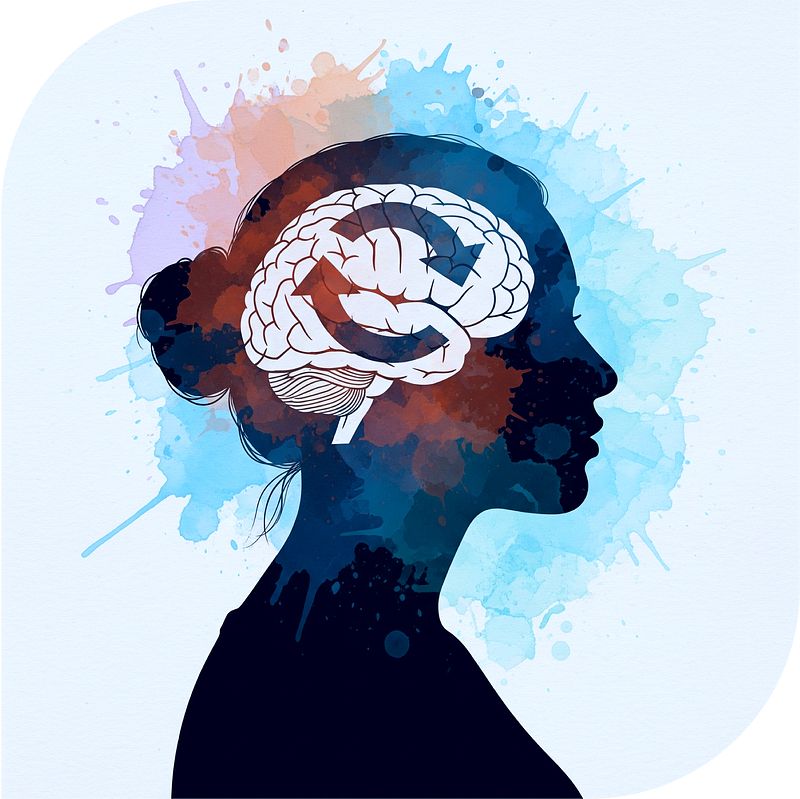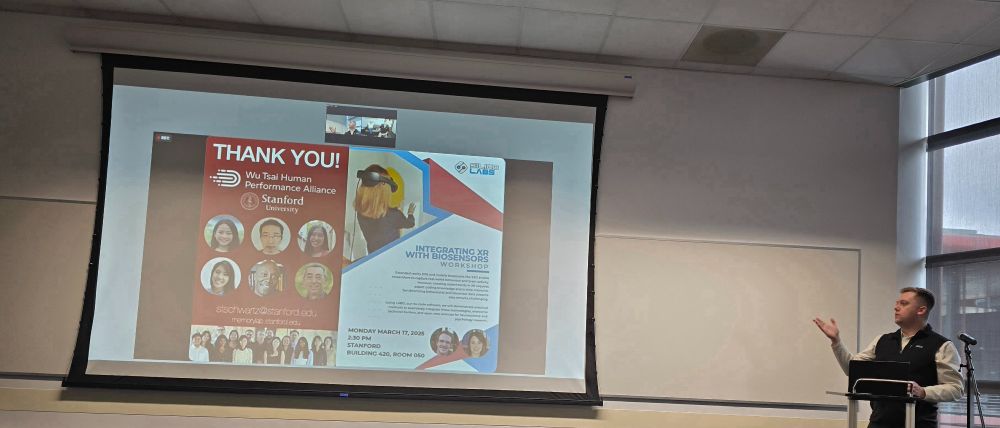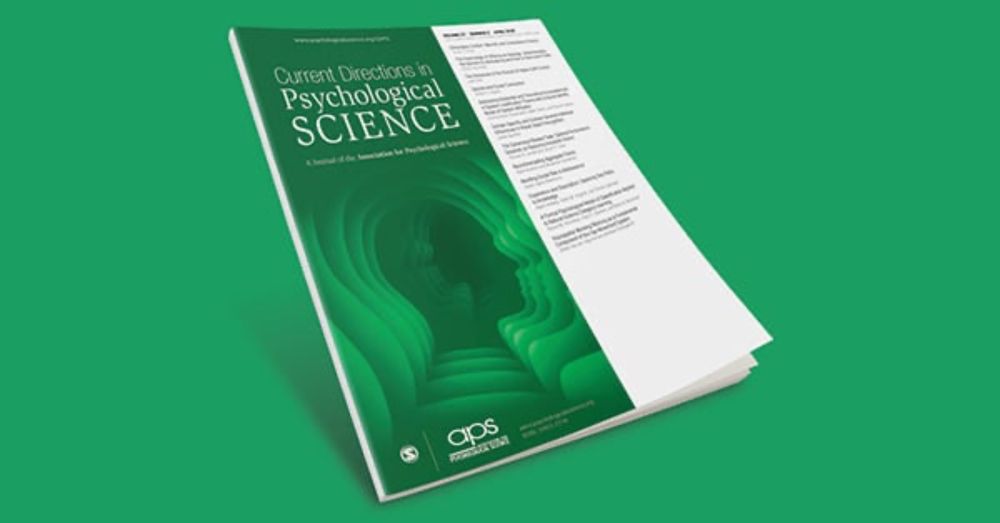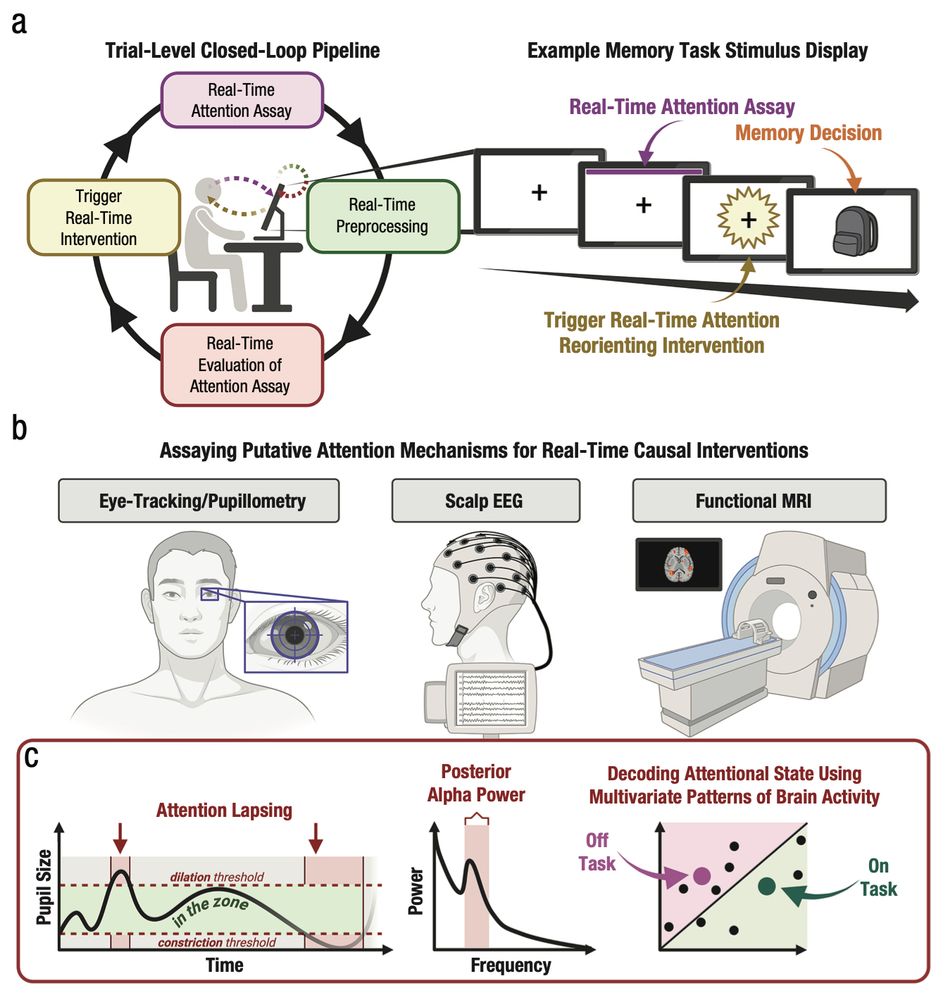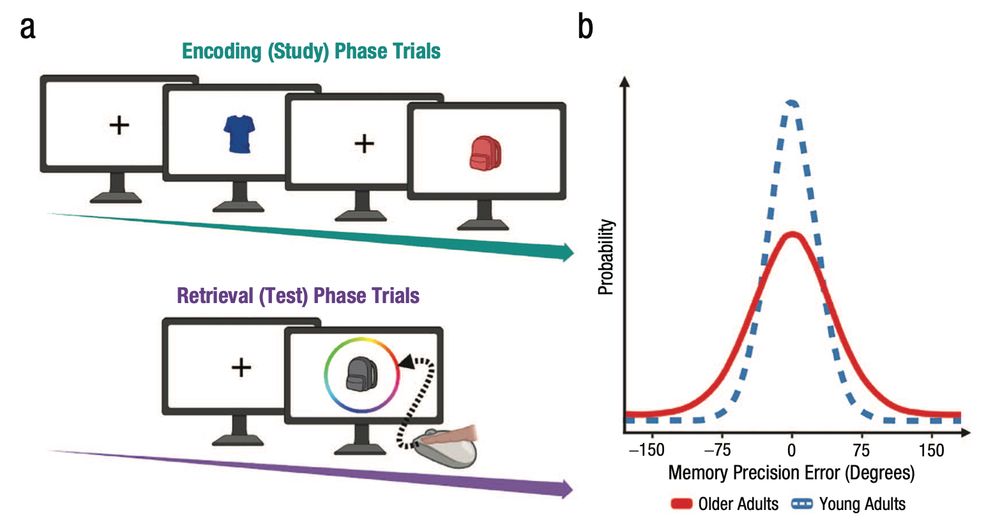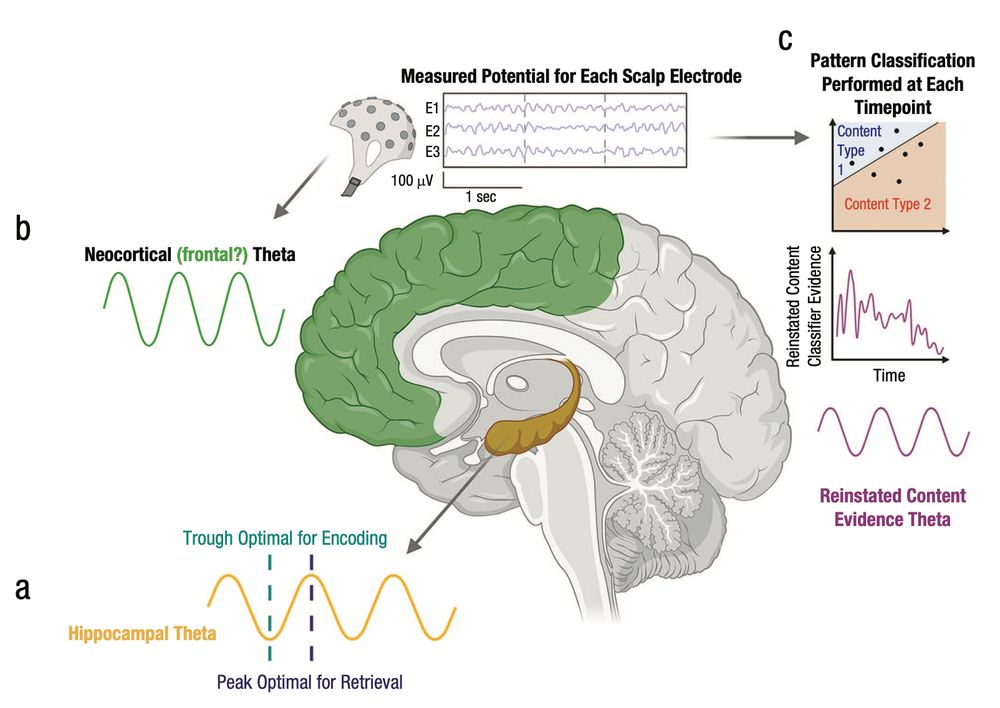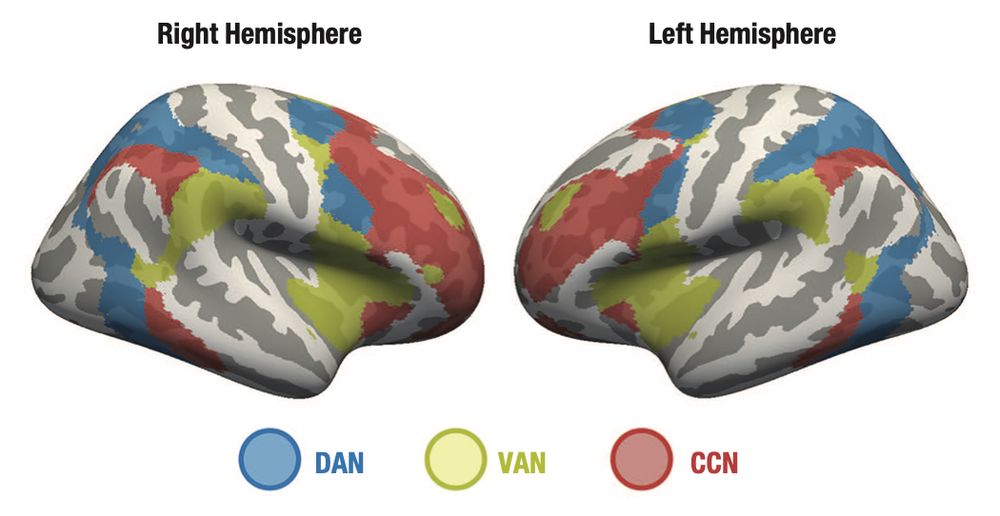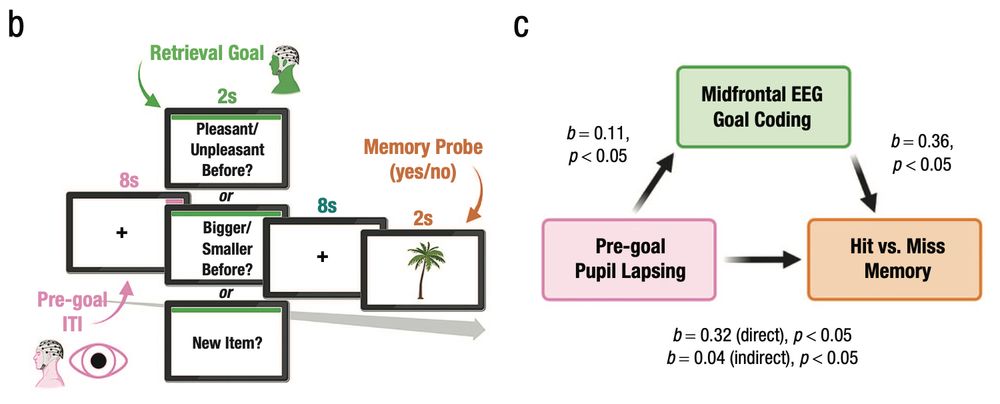Shawn Schwartz
@shawnschwartz.bsky.social
120 followers
360 following
19 posts
PhD candidate at Stanford Memory Lab. Cog neuro (fMRI/EEG/pupil) of episodic memory and sustained attention lapsing. I also love teaching stats, developing R packages, and building iOS apps. shawnschwartz.com
Posts
Media
Videos
Starter Packs
Reposted by Shawn Schwartz
Reposted by Shawn Schwartz
Reposted by Shawn Schwartz
Shawn Schwartz
@shawnschwartz.bsky.social
· Jul 19
Reposted by Shawn Schwartz
Reposted by Shawn Schwartz
Reposted by Shawn Schwartz
Reposted by Shawn Schwartz
Lucina Uddin
@lucinauddin.bsky.social
· Apr 22
Reposted by Shawn Schwartz
Reposted by Shawn Schwartz
PsyArXivBot
@psyarxivbot.bsky.social
· Dec 12
Reposted by Shawn Schwartz
Russ Poldrack
@russpoldrack.org
· Nov 25
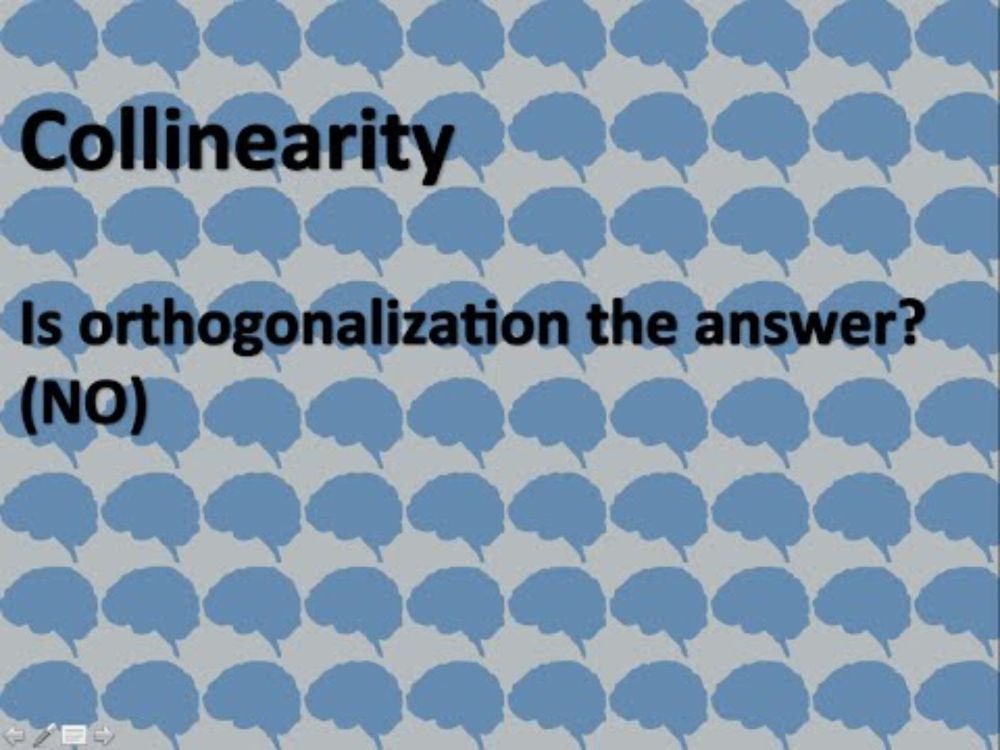
Collinearity...is orthogonalization the answer? (No)
If I had a dollar for every time I read a paper purporting to have repaired a multicollinearity issue by orthogonalizing regressors... Unfortunately, once collinearity is there and the data have been...
mumfordbrainstats.tumblr.com


